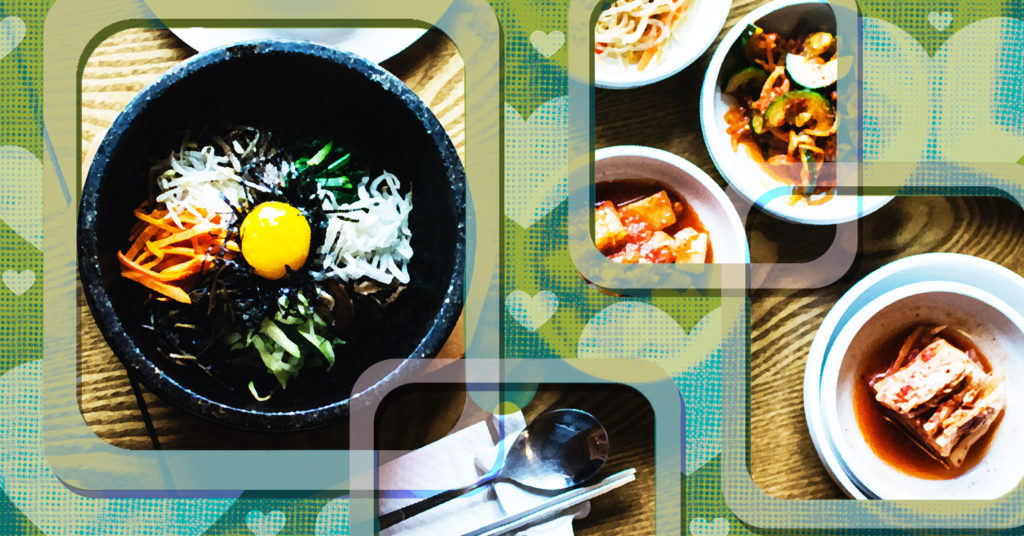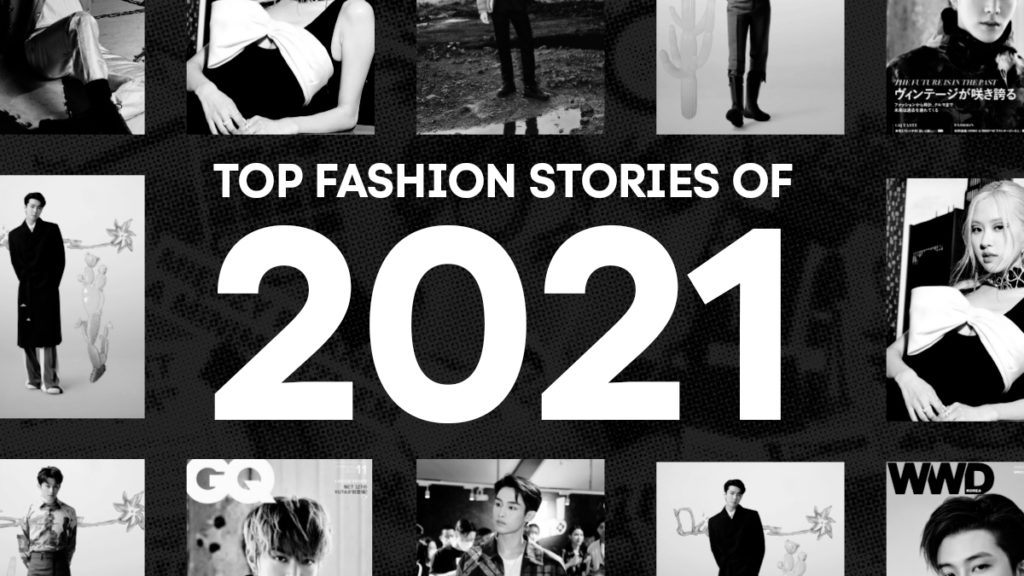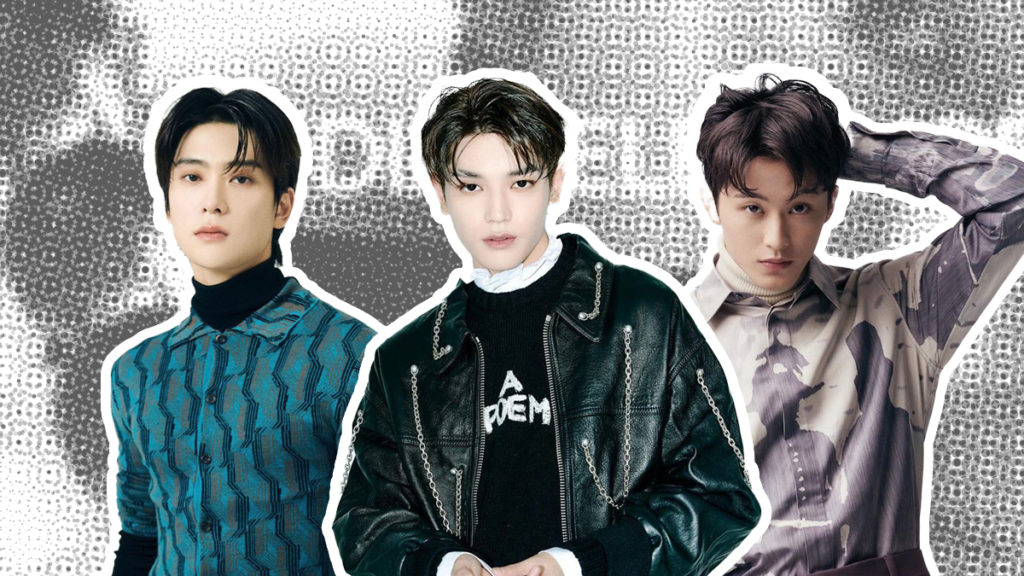From ASMR mukbang videos to Netflix’s The Hairy and the Hungry (2021), the fascination for food has continued to grow with food content creators like Doobydobap. Food is no longer just something we consume to live, but we are choosing to consume it through media as well. Food is our shared language; it has become a vessel for stories that we share our lives through.
I Know What You’re up to at Night
Are you on the ‘weird’ side of the internet, digging into the rabbit hole of mukbang YouTubers like Tzuyang, Yuka Kinoshita, or even Matt Stonie? We have always been intrigued by things that are different, and what makes these YouTubers different is their genetically fast metabolisms. We are struck by a sense of awe as we watch these YouTubers eat large amounts of food and only seem to grow more and more hungry after each bite.
Eating shows are not entirely new; they have been around for ages through eating competitions to show off one’s ability to stuff themselves for entertainment. Often what’s in it for the participants are cash prizes or a lifetime supply of food from a specific restaurant. Speed eating competitions are appealing not only to competitors but also to the food industry for advertising opportunities to those that enjoy watching these competitions. Competitive eating can be dated back to the first-ever pie-eating contest held in Toronto, in 1878 with the intention to fundraise for charity. It later became a widely known spectacle with the formation of the Major League Eating (MLE) in 1997 which recognized the growing interest in speed-eating and organizes eating competitions around the world.
It is only recently, though, that with the growth of social media that these eating shows have become largely available through YouTube. The concept of mukbang, however, is different from competitive eating. Mukbang is the romanization of the Korean word, “먹방”, which is a term invented in 2010. Combining the words, “먹다” (to eat) and “방송” (broadcast), the term means broadcasted eating. With the original intention to help Koreans to overcome the fear of eating alone, the first mukbang video was uploaded on a Korean platform called AfreecaTV. Now, food-eating content has developed into different niches, combining with topics like ASMR to appeal to various audiences not just limited to the Korean audience.
However, the downside is that these mukbang channels have triggered content creators to go down extreme paths, often at times leading to health complications and eating disorders. Likewise, viewers are prone to be affected by the negative behaviors of personas on the internet. It is important to note that what is shown on social media is not always the entire truth of the story. Therefore, please watch these videos with caution!
Don’t Yuck My Yum!
Travel shows have been a way for us to see the world while still remaining in the comfort of our living rooms. In particular, travel shows provided us with a world to escape to, especially during the peak of COVID, where we could only travel in our imaginations. With the rise of food content-based YouTubers and the growing fascination for other cultures, we find ourselves in the cross-section of experiences.
Food is the friendly entry point that we can choose to immerse ourselves in to feel the culture through our senses. For example, as K-pop’s popularity grew, people were fascinated with the foods their biases grew up eating in addition to their daily lives. Whether it’s kimchi or kimbap, our small adventures through our diets allow us to understand others through hands-on experiences. We can connect culturally without having a language barrier through the act of eating. That said, it’s important to be respectful of other people’s food regardless of your opinion! In Doobydobap’s famous words, “don’t yuck my yum!”
As much as we are getting more alike to others through the international canon, we find ourselves losing touch with our roots. Often, the second generation of Asian immigrants aren’t able to speak their mother tongues as they become a ‘cross-cultural kid’; a person caught between the crossfire of their local culture and the culture of their families. Food is a common commodity that we share with our families no matter how our identities change as we grow. Although sometimes it’s easy to go astray, we found ourselves connected with our cultures again through food and the stories behind them- as they are the ones that are also a part of us!
Tina Choi, aka Doobydobap, is a food content creator that started her career through TikTok. As a fresh university graduate with a food science degree, it was incredibly competitive to land her first job. While job-hunting, she created videos on TikTok to start a portfolio of what she could do. Unexpectedly while doing so, she attracted an audience with her quirky personality mixed with nerdy moments of cooking science facts. As her content grew, it developed in a more personal manner. The act of cooking food was no longer just to share a recipe, but it was an act to get more connected with her own identity as a Korean-American.
Comfort Food
We find a sense of belonging through food, and we feel that we can connect with others more deeply by understanding their diets and culture. In The Hungry and The Hairy (2021), it documents the friendship between Rain and Noh Hong Chul. Despite both entertainers living relatively differently with Rain being an idol and Hong Chul being a variety entertainer, both are connected through their love for food. We are taught to enjoy and appreciate what food brings us; whether it’s the feeling of comfort, love, or belonging, it is here to stay.
Want more food content? Make sure to read about food in K-dramas here!




